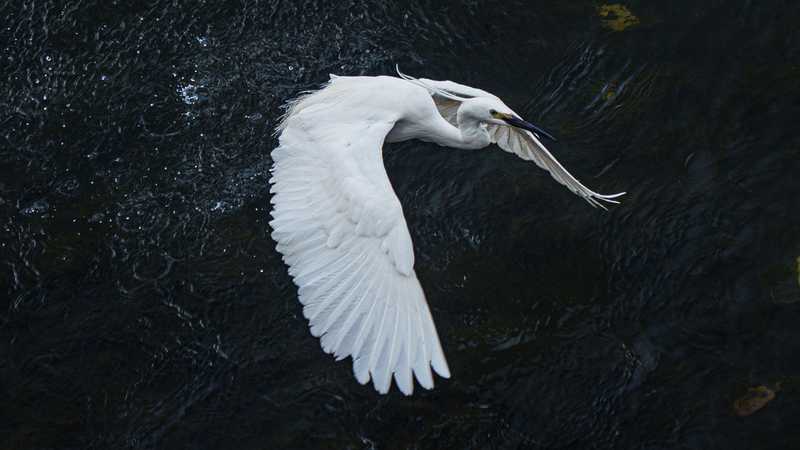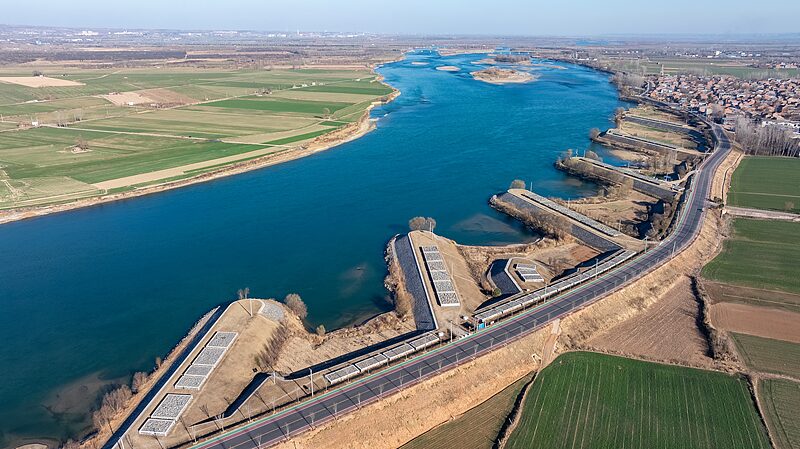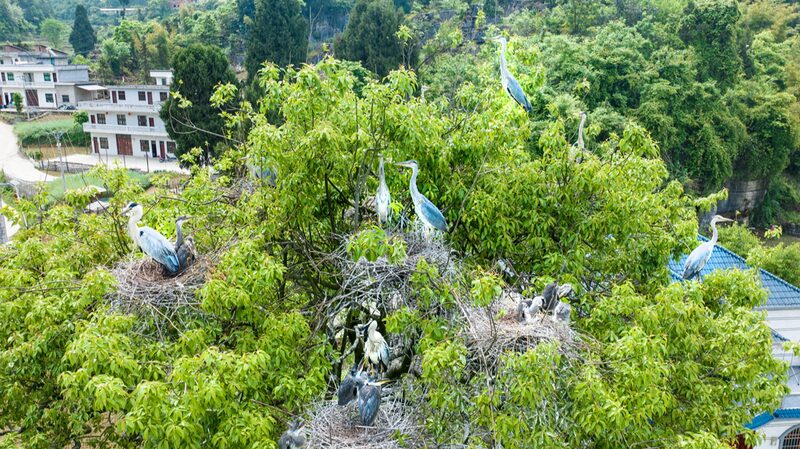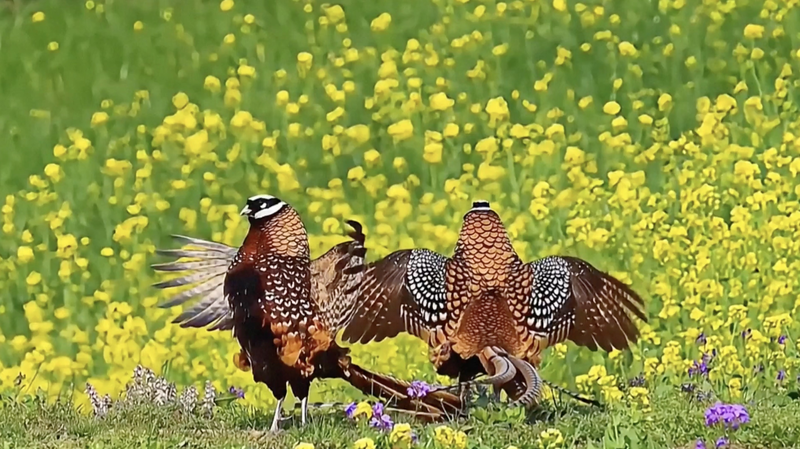In a striking display of urban wildlife adaptation, a colony of grey herons along Chengdu's Jinjiang River has become an unexpected symbol of ecological recovery. The birds, observed standing like sculptures in shallow waters before snapping up fish with precision, have earned the playful nickname 'diners at a flowing banquet' from local residents.
Chengdu Birdwatching Society experts explain this synchronized hunting tactic allows the herons to maximize their reach in nutrient-rich waters. 'Their stillness is strategic – it doubles their effective hunting zone while conserving energy,' said a society representative. The behavior coincides with measurable improvements in water quality and fish stocks following a multi-year river restoration initiative.
Once sparse in this urban stretch, avian populations have surged by 62% since 2018 according to municipal environmental reports. The resurgence of herons and egrets offers a tangible case study for cities balancing development with biodiversity – a key interest for urban planners and ecologists tracking China's green urbanization policies.
As International Bird Day approaches on April 1, conservationists highlight Chengdu's example as proof that 'cities can evolve into shared habitats rather than wildlife dead zones.' For business leaders and travelers alike, this ecological narrative adds depth to southwest China's profile as both an economic hub and emerging ecotourism destination.
Reference(s):
Heron flock in Chengdu draws attention with unique feeding behavior
cgtn.com








